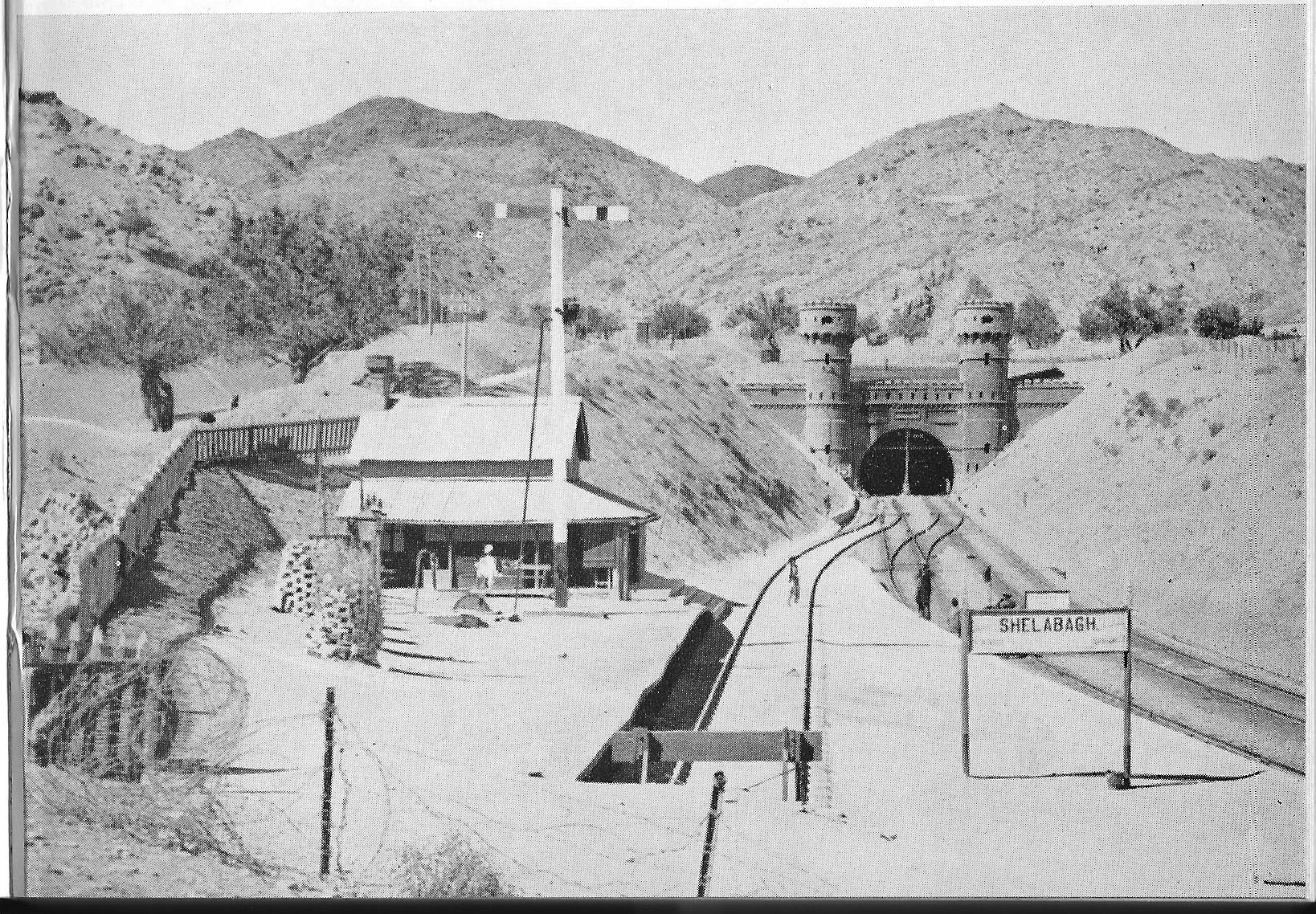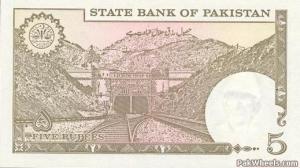,
This is a follow-up to:
https://abn397.wordpress.com/2015/07/18/cricket-odds-and-ends-1/
https://abn397.wordpress.com/2015/07/19/cricket-odds-and-ends-2/
and
https://abn397.wordpress.com/2015/08/12/cricket-odds-and-ends-3/
We now explore some other odds and ends. Today we look at the worst career averages by those who took ten wickets in a match, nine wickets in an innings and so on. Later we consider the best averages by those who never took 10wm, 9wi and so on.
These averages are restricted to those who bowled at least 2000 balls. The figures do not include the Test in progress at Galle, and the ICC XI-Aus Test of 2005.
Best average by those who never took 10 wickets in a match:
W Barnes 15.54 (best 9-81 in match)
G Ulyett 20.40 (7-57)
FR Foster 20.57 (8-70)
Best average by those who never took 9 wickets in an innings:
JJ Ferris 12.70 (best 7-37 in innings), includes matches for Aus and Eng
W Barnes 15.54 (6-28)
W Bates 16.42 (7-28)
Best average by those who never took 8 wickets in an innings:
Exactly the same as the above list for those who never took 9 wickets:
Best average by those who never took 7 wickets in an innings:
W Barnes 15.54 (6-28)
FR Foster 20.57 (6-91)
K Higgs 20.74 (6-91)
Best average by those who never took 6 wickets in an innings:
W Attewell 22.35 (4-42)
Shabbir Ahmed 23.03 (5-48)
SR Clark 23.36 (5-32)
Best average by those who never took 5 wickets in an innings:
W Attewell 22.35 (4-42)
M Hendrick 25.83 (4-28)
WKM Benjamin 27.01 (4-46)
Best average by those who never took 4 wickets in an innings:
WJ Cronje 29.95 (3-14)
M Mbangwa 31.43 (3-23)
JV Coney 35.77 (3-28)
Now we take take up the converse cases, starting with
Worst average by those who took 10 wickets in a match:
GRJ Matthews 48.22 (best 10-249 in match,which was the tied Test of 1986)
C Pringle 46.30 (11-152)
L Sivaramakrishnan 44.03 (12-181)
Worst average by those who took 9 wickets in an innings:
DE Malcolm 37.09 (9-57)
AA Mailey 33.91 (9-121)
Abdul Qadir 32.80 (9-56)
Worst average by those who took 8 wickets in an innings:
LC Braund 38.51 (8-81)
L Klusener 37.91 (8-64) which was on debut
DE Malcolm 37.09 (9-56)
Worst average by those who took 7 wickets in an innings:
C Pringle 46.30 (7-52)
RJ Bright 41.13 (7-87)
Enamul Haque Jr 40.61 (7-95)
Worst average by those who took 6 wickets in an innings:
Manjural Islam 57.32 (6-81)
Shahadat Hussain 51.81 (6-27)
AM Moir 50.64 (6-155) on debut
Worst average by those who took 5 wickets in an innings:
Rubel Hossain 75.90 (5-166) current player
DR O’Sullivan 68.00 (5-148)
Manjural Islam 57.32 (6-81)
Worst average by those who took 4 wickets in an innings:
IDK Salisbury 76.95 (4-163)
Rubel Hossain 75.90 (5-166) current player
DR O’Sullivan 68.00 (5-148)
Will be back with more quirky figures soon.






















